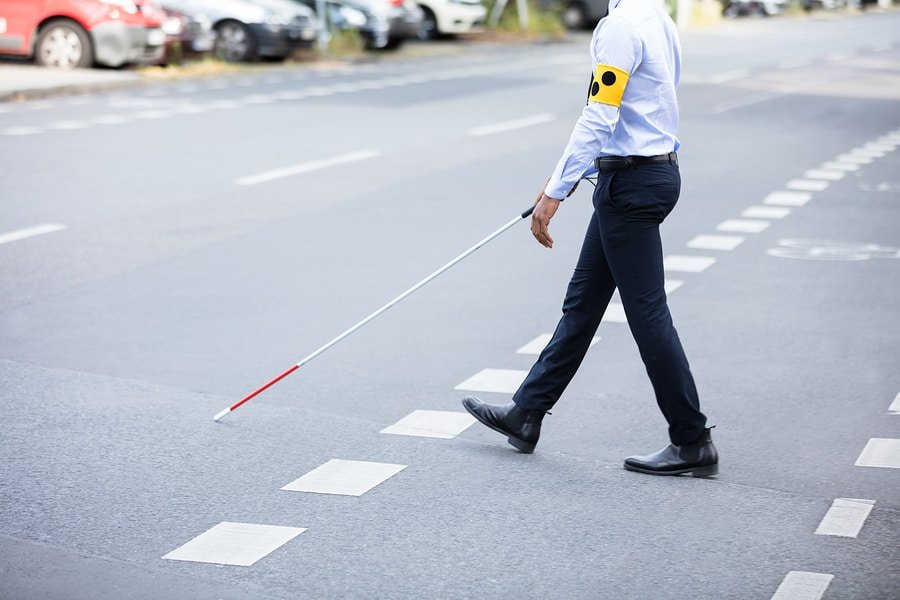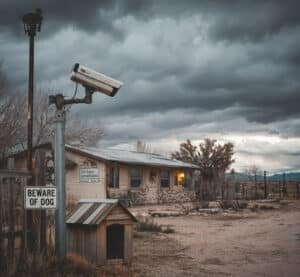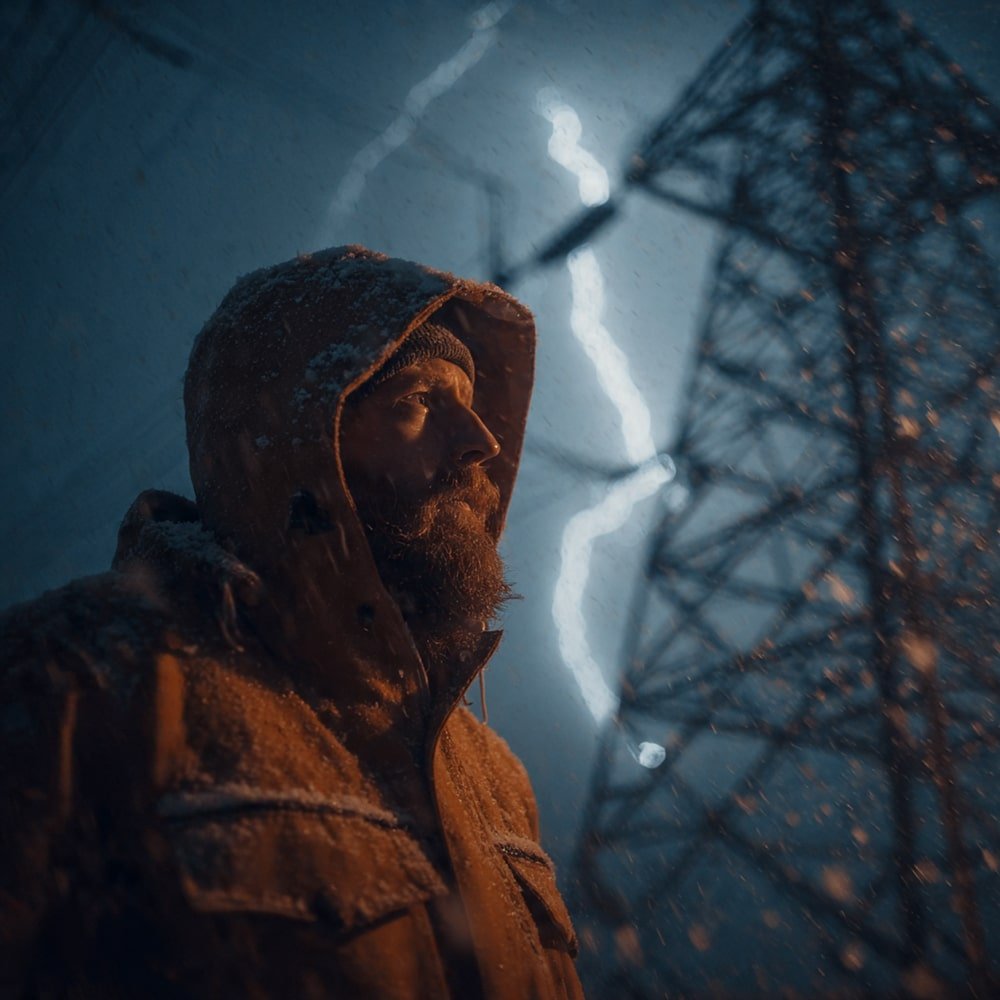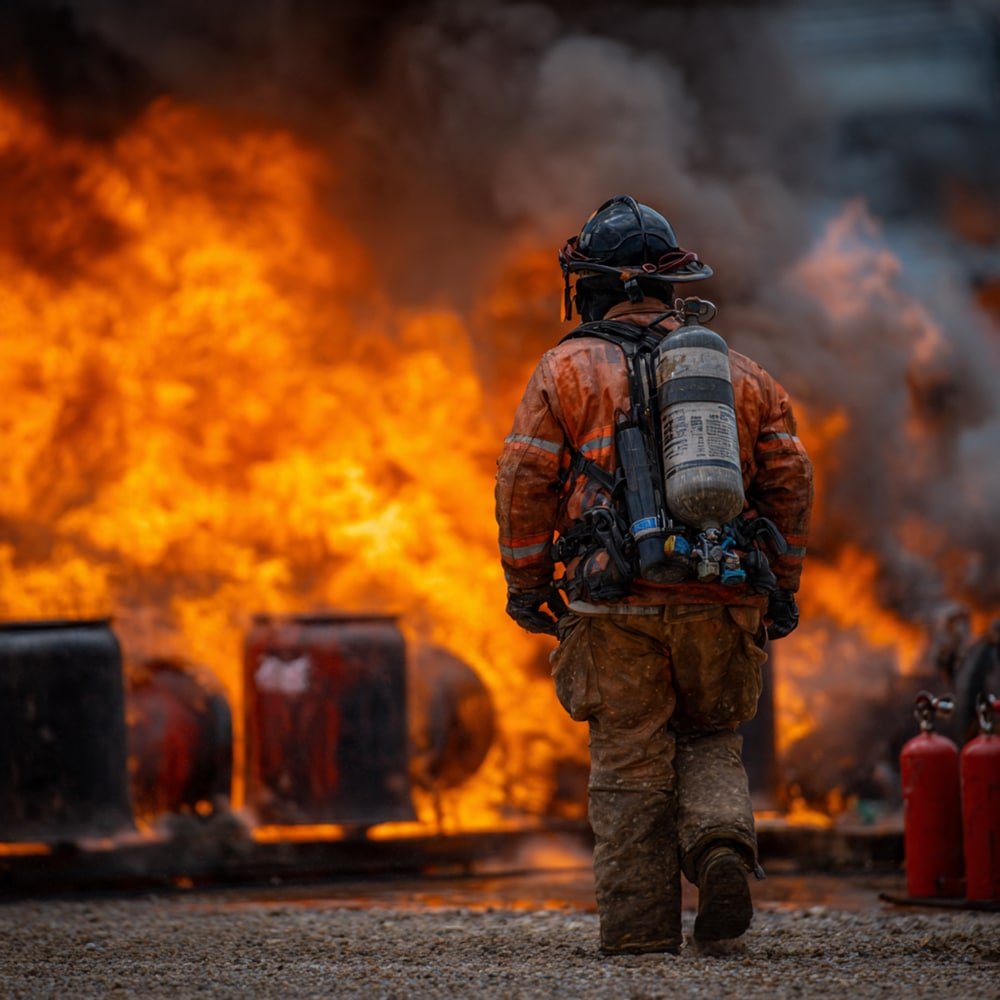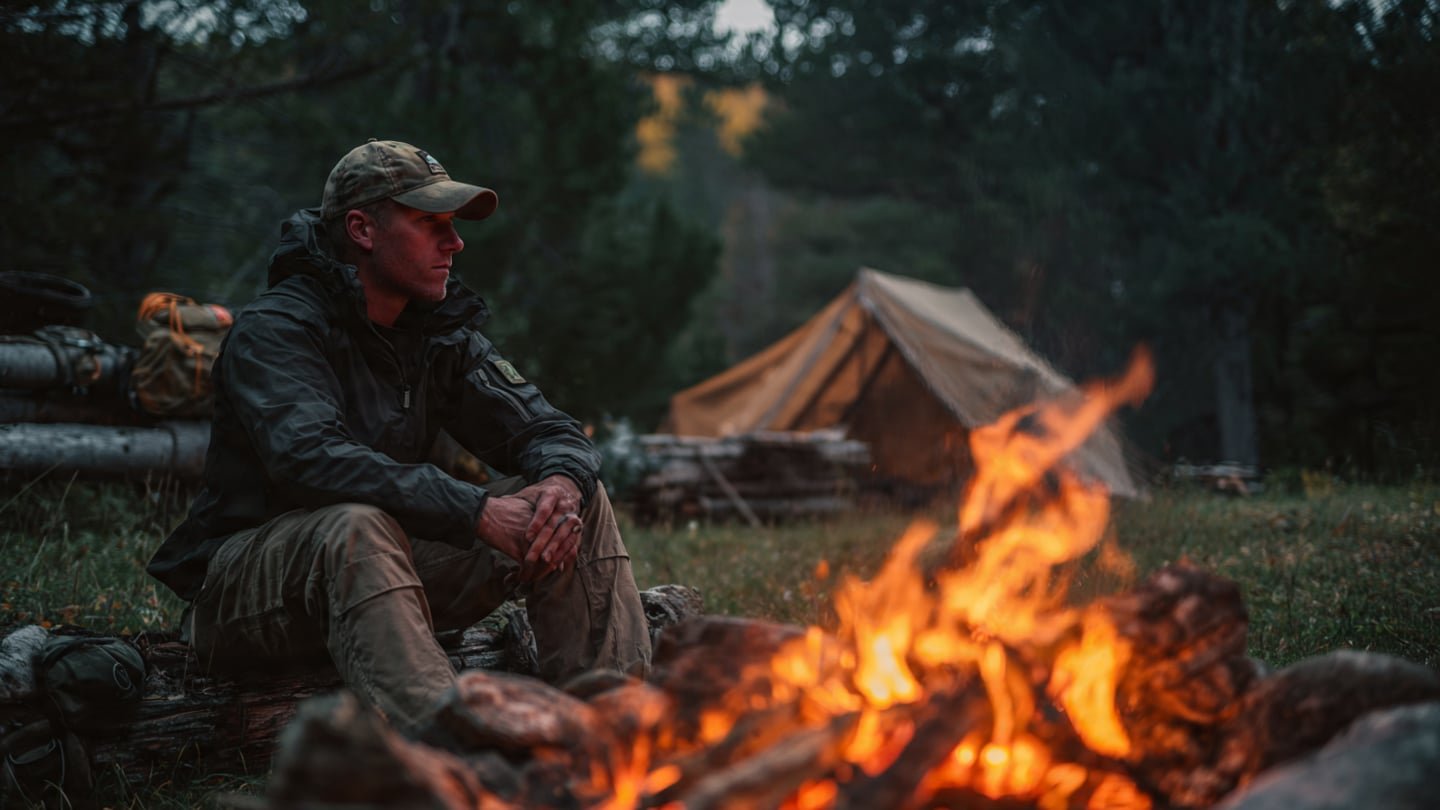October 15 is White Cane Safety Day and it’s the only day in the year when the blind and visually impaired take center stage. This day is great opportunity to remind people that our visually impaired brothers and sisters have the right to travel safely on their own. They also have the right to have better access to basic services. White Cane Safety Day may also be used as a reminder that emergency preparedness for the visually impaired is something that shouldn’t be taken lightly.
The blind and visually impaired have their work cut out for them. However, that doesn’t mean they are completely helpless. In fact, there are tons of visually impaired people who have succeeded in life. The likes of musicians Ray Charles, Stevie Wonder, and Andrea Bocelli, and writers Hellen Keller and Aldoux Huxley, come to mind. New York Governor David Paterson has been legally blind since he was a child. Swimmers Chris Holmes and Trischa Zorn have inspired athletes around the globe for their success at the Paralympic Games. Lord Holmes of Richmond earned six golds at a single Paralympic Games before retiring from the sport while Zorn boasts of a medal haul of more than 50.
While many of the blind and visually impaired are capable and willing to fend for themselves, there remains a need to improve services and make infrastructures accessible to them. Everyone, especially those who have loved ones with such condition, should also know about emergency preparedness for the visually impaired.
Everyday Survival for the Visually Impaired
The White Cane

Many people will readily admit that their first instinct upon seeing a person with a white cane is to offer their help. They intend to help steer the blind person to the right direction. While this is a good gesture, it is not really necessary.
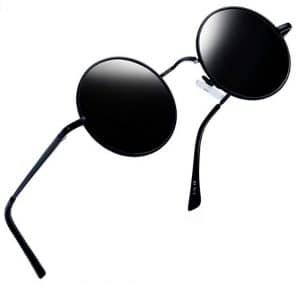
Blind people use the white cane for navigation. It’s like an extension of their selves that they use to explore the world around them. It also allows them to move quickly if they need to. Helping them cross the street is a temporary solution to their supposed problems. What they really need is for the streets, sidewalks and buildings to be friendly to the visually impaired and for other persons with disabilities, for that matter. If you really wish to help them, pressure the powers-that-be to make everything accessible to them.
Organization
Organization is the key to survival for the visually impaired. A blind person needs to be methodical when preparing for anything. Being organized minimizes stress and, more importantly, the risk of falling over. Whether they’re preparing for their everyday tasks or prepping for the apocalypse, these people who lack the sense of sight need everything to be organized so it’s easier for them to find whatever they need.
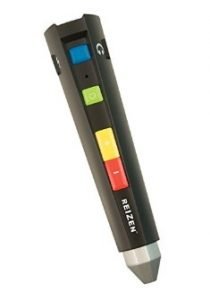
That’s why emergency preparedness for the visually impaired necessitates the cooperation of everyone in the household. If one thing is misplaced or the furniture is rearranged, it will be harder for them to navigate.
Every household should have a stockpile of supplies and gear to keep them thriving even after a disaster. Each member of the family, including the visually impaired, should be familiar with the prepper pantry so they know how to go about in case they are left to care for themselves.
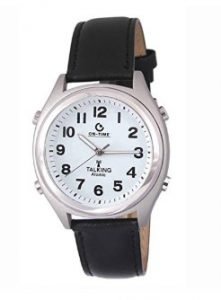
The blind should have their own bug out bag or emergency kit, which is kept in one specific and strategic place. Nothing should be changed in your escape route so they can go as fast as they could when they have to evacuate.
Tips on Emergency Preparedness for the Visually Impaired
Before Disaster Strikes
Blind people need the same things as everyone else. They have to eat and drink to stay healthy and nourished. The visually impaired also need a roof over their heads. Basically, emergency preparedness for the visually impaired does not differ much from the rest. However, because of their situation, they require me a bit more attention and assistance during a disaster.
Food and Water
Keep your prepper pantry well stocked. It doesn’t matter if you or anyone in your group is blind, you all still need to eat and drink. Make sure you have food that lasts a long time. You’ll never know when disaster will strike but it pays if you’re ready even if it happens 25 years from now.
Guide Dog
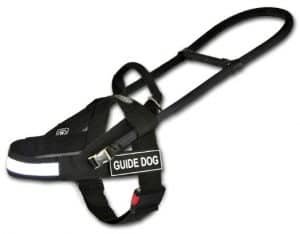
Some of the visually impaired has a guide dog aside from their white cane. You need to prepare them for disasters, as well. Stockpile on dog food and other items the guide dog will need. You have to bring the guide dog if you have to evacuate. Determine which hotels allow pets. You should also make arrangements with relatives or friends who would take you in along with the blind and their guide dog. Make sure you bring your pet’s bug out bag.
Transportation
The white cane has become the symbol of the blind’s right to be independently mobile. It is, however, limited. In the event of a disaster, you should be able to travel fast and far, if necessary. That means you have to board a vehicle. The blind will find this difficult if there were no preparations beforehand.
Emergency Kit for the Visually Impaired
The Basics
Each person must have a bug out bag with food and water supplies that would last for at least 72 hours. This will keep you alive until things get back to normal. However, some disasters take more than three days to recover from. Your best bet is to have more than enough in your emergency kit along with more supplies kept in a safe place such as your bug out vehicle and bug out location.

Other basic stuff you should have in your emergency kit for the visually impaired include a first aid kit, medications, hand crank radio, a communication device such as a phone or CB radio, a multi-tool, knife, emergency whistle, fire starters, paracord, thermal blanket, sleeping bag, tent, and an extra set of clothes among others.
Blind-Specific Survival Gear
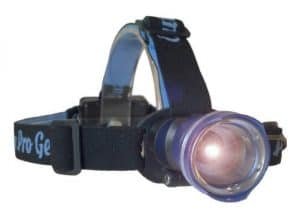
A light source may seem like a stupid thing to have considering blind people can’t see anything. It is, however, a good way to be spotted, especially at night. In a way, it’s more of a rescue beacon to help guide rescuers to your location.A headlamp will allow the visually impaired to still use both hands.
You should have an extra white cane in your kit. Remember that emergency preparedness for the visually impaired or otherwise means expecting the unexpected. In such a chaotic situation, there’s a chance the blind may lose their white cane so having a spare one can do wonders.
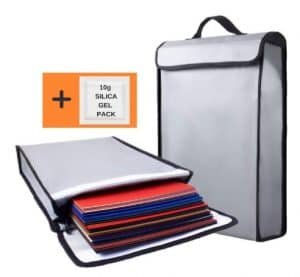
It may be quite difficult for the visually impaired to identify their loved ones in case they get separated. Make sure you have documents that will identify you and your family. Aside from the documents, place family photos in a waterproof case. You should also keep photos and documents of the guide dog.

If you were forced to evacuate, you may find your shelter uncomfortable. Bring entertainment that will keep your mind off the situation such as books and board games in Braille, and a music player for music, audio recordings and such. There are also toys and games such as a Rubik’s Cube, Bingo card and Sudoku set that are made specifically for the visually impaired.
Being blind is and should not be the end of the world. If the end of the world does come, you’ll be ready than most as long as you do the necessary preparations. The most important thing here is to plan ahead. Build your emergency preparedness plan for the visually impaired and turn it into reality.
The Gentleman Pirate discusses different emergency scenarios and the ways you can survive them. This includes preparing guide dogs and other pets for emergencies. You can also check out the 5-Minute Survival Blueprint by Damian Brindle of reThinkSurvival to know more about survival and preparedness.
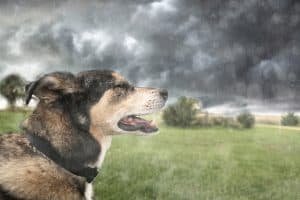
Just a disclaimer – We have partnered with these companies because we use their products and/or proudly trust and endorse them – so we do receive a commission if you make a purchase or sign up for services. Often, we are able to negotiate special discounts and/or bonuses, which we will pass on to you via our links. We often get short notice on sale items available for 24-48 hours as we will pass these savings onto you.

